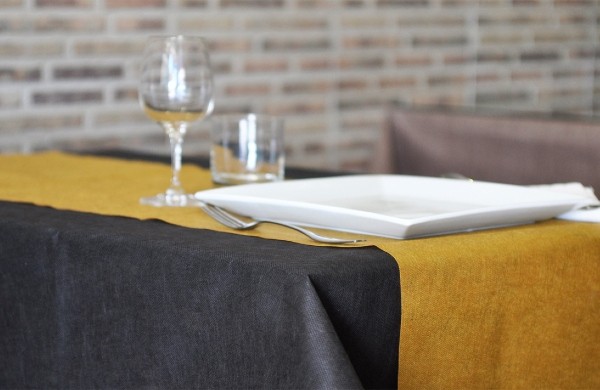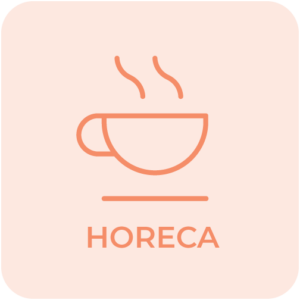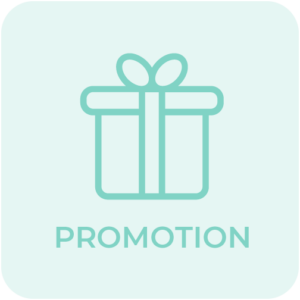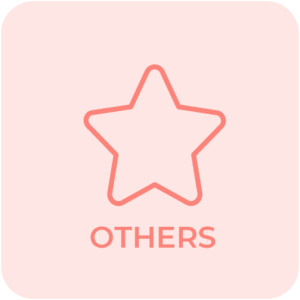Do you think you have ever used non-woven fabric without knowing it? We are sure you have!
We find non-woven fabric, for example, in the placemats that are found in some restaurants and that look like cloth, but are actually disposable, in some rags and cloths, in airplane blankets or even in surgical masks.
It is a material that surrounds us in many areas, but what do we really know about it?
Although in many cases it has a disposable use, it is a very resistant fabric, capable of withstanding both high and low temperatures, it is resistant to water, very elastic and with a pleasant touch thanks to the small pores that form it. The characteristics of non-woven fabric bestow it with great versatility and the possibility of being used in many sectors and for greatly different purposes such as cleaning, decoration and even antibacterial protection.
Non-woven fabric can be found with different finishes depending on the uses, resistance and durability that you want to give it, but … where is this fabric really useful?
Currently, where it is used the most is the Healthcare sector, since this is the one that requires the greatest hygiene, quality and an affordable price since it is only used once. Common and essential items such as booties and disposable caps or surgical gowns are made with Non-Woven fabric.
It should not be overlooked that, for the most part, it is a reusable material with great resistance.

How is non-woven fabric made?
Non-Woven Fabric is a textile material formed from fibres (generally polypropylene, wood or latex) joined by mechanical, thermal or chemical processes, but without the need to convert them into threads, avoiding having to weave them and that the product frays.
Subsequently, these fibres are placed, either one on top of the other, forming layers by means of mechanical processes and needles or even with some type of adhesive.
Finally, the layers go to the calendering process, which provides the tensile strength and elongation properties of the fabric.
The final presentation of the non-woven fabric is usually in industrial rolls for packaging and transport.








